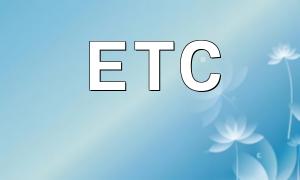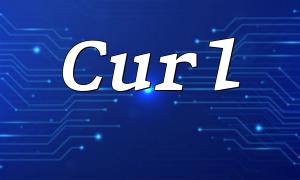The Internet of Things (IoT) is rapidly transforming the way industries operate, and PHP, as a widely used server-side programming language, is increasingly being applied in IoT development. However, the process of building IoT applications with PHP frameworks is not without its challenges. This article explores the key issues developers often encounter and provides practical solutions for creating efficient and secure IoT systems.
IoT devices typically generate a continuous stream of data that must be processed in real-time. Traditional polling methods used in PHP often fall short in handling such demands.
WebSocket enables persistent, bidirectional communication between the client and server, making it ideal for real-time data scenarios. PHP developers can use libraries such as Ratchet to implement WebSocket functionality.
use Ratchet\MessageComponentInterface;
use Ratchet\ConnectionInterface;
class IoTServer implements MessageComponentInterface {
public function onOpen(ConnectionInterface $conn) {
// Handle connection
}
public function onMessage(ConnectionInterface $from, $msg) {
// Handle message
}
public function onClose(ConnectionInterface $conn) {
// Handle disconnection
}
}Security is paramount in IoT environments. Managing authentication across a wide range of connected devices is a significant concern.
OAuth 2.0 is a widely adopted framework for secure access delegation. It allows devices to authenticate using access tokens, ensuring only authorized devices can interact with the system.
// Request access token
$response = $client->post('https://example.com/oauth/token', [
'form_params' => [
'grant_type' => 'client_credentials',
'client_id' => 'your_client_id',
'client_secret' => 'your_client_secret',
],
]);IoT systems may involve thousands of devices communicating simultaneously, which puts a heavy load on the server infrastructure.
By horizontally scaling application servers and deploying load balancers (like Nginx or HAProxy), traffic can be evenly distributed, improving scalability and reliability.
// Simple load balancing example
$servers = ['server1', 'server2', 'server3'];
$selectedServer = $servers[array_rand($servers)];
// Forward request to $selectedServerMassive volumes of data are generated by IoT devices, making efficient storage a key component of system design.
NoSQL databases such as MongoDB or Redis are well-suited for storing unstructured or semi-structured IoT data. With PHP’s MongoDB driver, developers can seamlessly interact with these databases.
$mangoClient = new MongoDB\Client("mongodb://localhost:27017");
$collection = $mangoClient->selectCollection('iot', 'devices');
$collection->insertOne(['device_id' => '123', 'data' => 'example_data']);Since IoT devices often operate across distributed environments, network latency can impact communication and performance.
Content Delivery Networks (CDNs) can reduce latency by caching content closer to end-users. Additionally, edge computing enables processing to occur near the data source, improving responsiveness.
While building IoT applications with PHP frameworks presents challenges such as real-time data handling, device authentication, scalability, data storage, and latency, these issues can be effectively addressed with the right tools and architecture. Leveraging modern solutions like WebSocket, OAuth, NoSQL, load balancing, and edge computing enables developers to build reliable, secure, and scalable IoT platforms using PHP.









